Introduction
Greetings, fellow container home enthusiasts! I’m Emily Owens, your friendly neighborhood container home aficionado, and I’m back with another exciting topic for discussion. Today, we’re delving deep into the world of container home prices and the intriguing influence of market dynamics on this unique housing trend. So, grab your favorite brew, settle into your cozy container space, and let’s explore how the ever-changing market landscape affects the cost of living in these innovative dwellings.
The Container Home Revolution
Container homes have come a long way since their humble beginnings as shipping containers that were repurposed into dwellings. These days, they’ve evolved into stylish, eco-friendly, and surprisingly affordable housing solutions that have captured the hearts of design enthusiasts and budget-conscious individuals alike.
The appeal of container homes lies in their versatility, sustainability, and, of course, their affordability when compared to traditional brick-and-mortar houses. However, as with any housing trend, the prices of container homes are subject to market dynamics that can significantly impact their affordability.
Market Demand and Supply
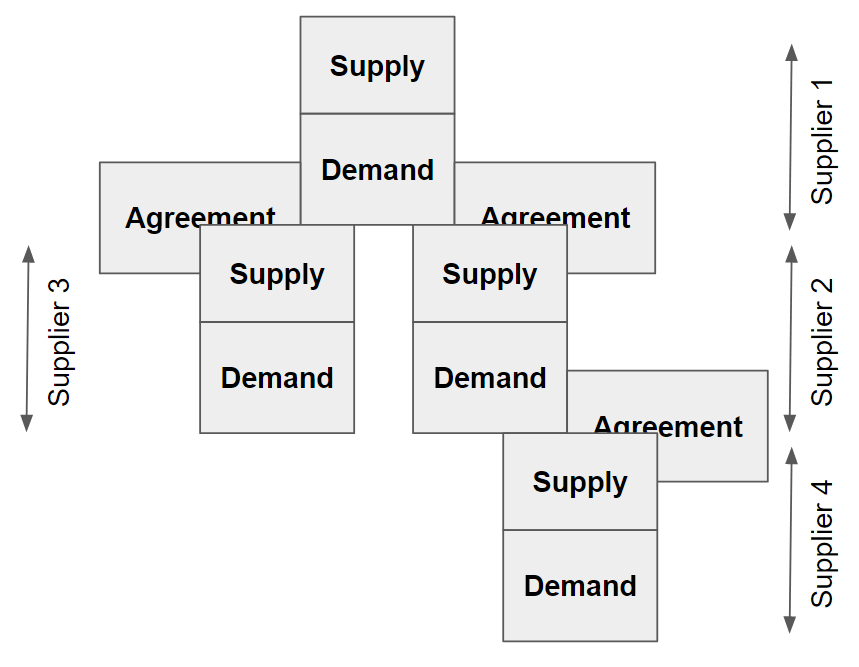
One of the most significant factors influencing container home prices is the classic interplay of supply and demand. When the demand for container homes outstrips the available supply, prices tend to rise. Conversely, when supply exceeds demand, prices may decrease or remain stable.
Let’s illustrate this with an example. Imagine a bustling city where container homes have become the latest trend. More and more people are drawn to the idea of living in a unique and sustainable space. As a result, builders and suppliers can charge a premium for container homes in this hot market. However, in a rural area where demand is lower, you might find container homes at more reasonable prices.
Economic Factors
Economic conditions, both on a local and global scale, can have a significant impact on container home prices. Factors like inflation, interest rates, and the overall health of the economy can influence the cost of building materials, labor, and other construction-related expenses.
For instance, during a period of economic prosperity, construction costs tend to rise, which can lead to higher prices for container homes. On the flip side, during economic downturns, builders may lower their prices to attract potential buyers, making container homes a more affordable option.
Location, Location, Location
Ah, the golden rule of real estate! Location plays a pivotal role in determining the price of container homes. Just like traditional houses, container homes in prime locations, such as desirable neighborhoods or waterfront properties, command higher prices.
Consider two identical container homes—one perched on a serene hillside overlooking a picturesque lake and the other tucked away in an industrial area. The former will likely be priced at a premium due to its prime location, while the latter may be more affordable. So, if you’re in the market for a container home, your choice of location can significantly impact your budget.
Customization and Features
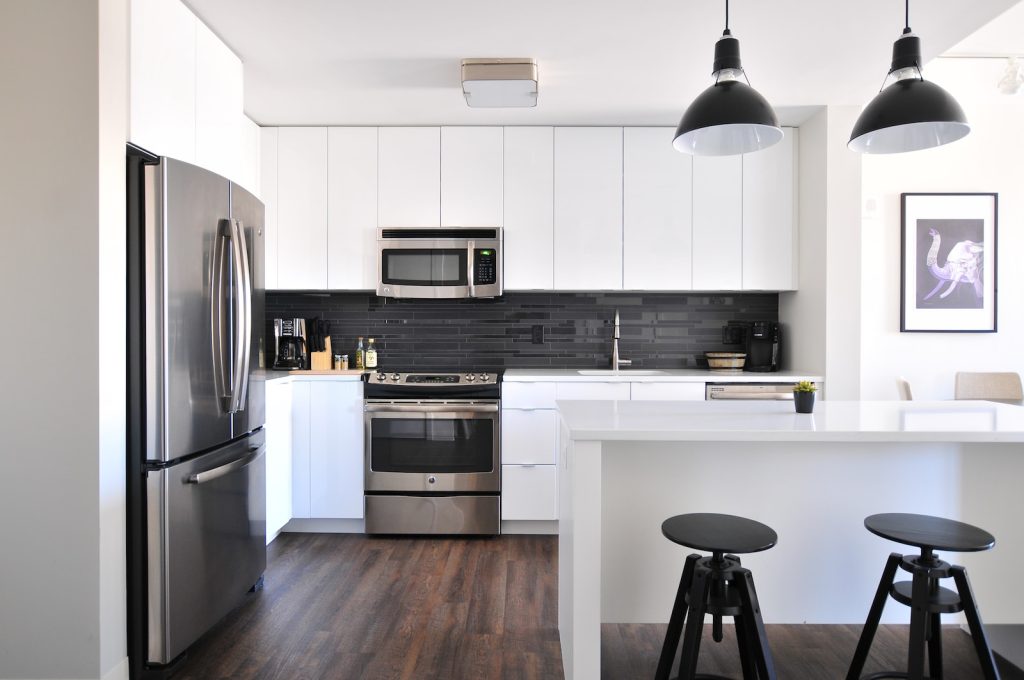
Container homes are incredibly versatile and can be customized to meet individual preferences and needs. As you might expect, the level of customization and the features you choose can greatly influence the final price tag.
Let’s say you dream of a container home with all the bells and whistles—a rooftop garden, solar panels, a luxurious interior, and cutting-edge smart home technology. It’s no secret that these add-ons can drive up the cost. On the other hand, if you opt for a more straightforward design and fewer frills, you can keep the price more budget-friendly.
Regulations and Permits
Navigating the labyrinth of local building codes, zoning regulations, and permits can be a real challenge when it comes to container homes. The level of bureaucracy you encounter can vary widely from one area to another.
In some places, obtaining the necessary approvals and permits may be a straightforward process, while in others, it can be a costly and time-consuming ordeal. These regulatory hurdles can indirectly impact container home prices. The more complicated the process, the more it might cost you in legal fees, delays, and modifications to meet code requirements.
The Role of the Tiny House Movement
The tiny house movement has undoubtedly had a significant influence on the container home market. This movement, which advocates for downsizing and simplifying one’s lifestyle, has sparked an interest in compact living spaces, including container homes.
As more people embrace the idea of living with less, the demand for smaller, more affordable housing options has grown. Container homes, with their compact size and minimalist appeal, align perfectly with this trend. Consequently, the tiny house movement has contributed to the popularity of container homes, which can, in turn, affect their prices.
Conclusion
In the ever-evolving world of container homes, market dynamics play a pivotal role in determining prices. Factors such as supply and demand, economic conditions, location, customization, regulations, and even cultural movements all influence the cost of these unique dwellings.
As container homes continue to grow in popularity, it’s essential for prospective buyers to stay informed about market trends and factors that can impact prices. Whether you’re seeking a sustainable and affordable housing solution or simply captivated by the idea of living in a repurposed shipping container, understanding how market dynamics influence container home prices can help you make informed decisions on your container home journey.
So, fellow container home enthusiasts, as you embark on your quest for the perfect container dwelling, remember that the market is ever-changing, and the price of your dream home may fluctuate like the tides. But with a little patience, research, and a dash of creativity, you can find the container home that fits both your budget and your dreams. Happy container home hunting!












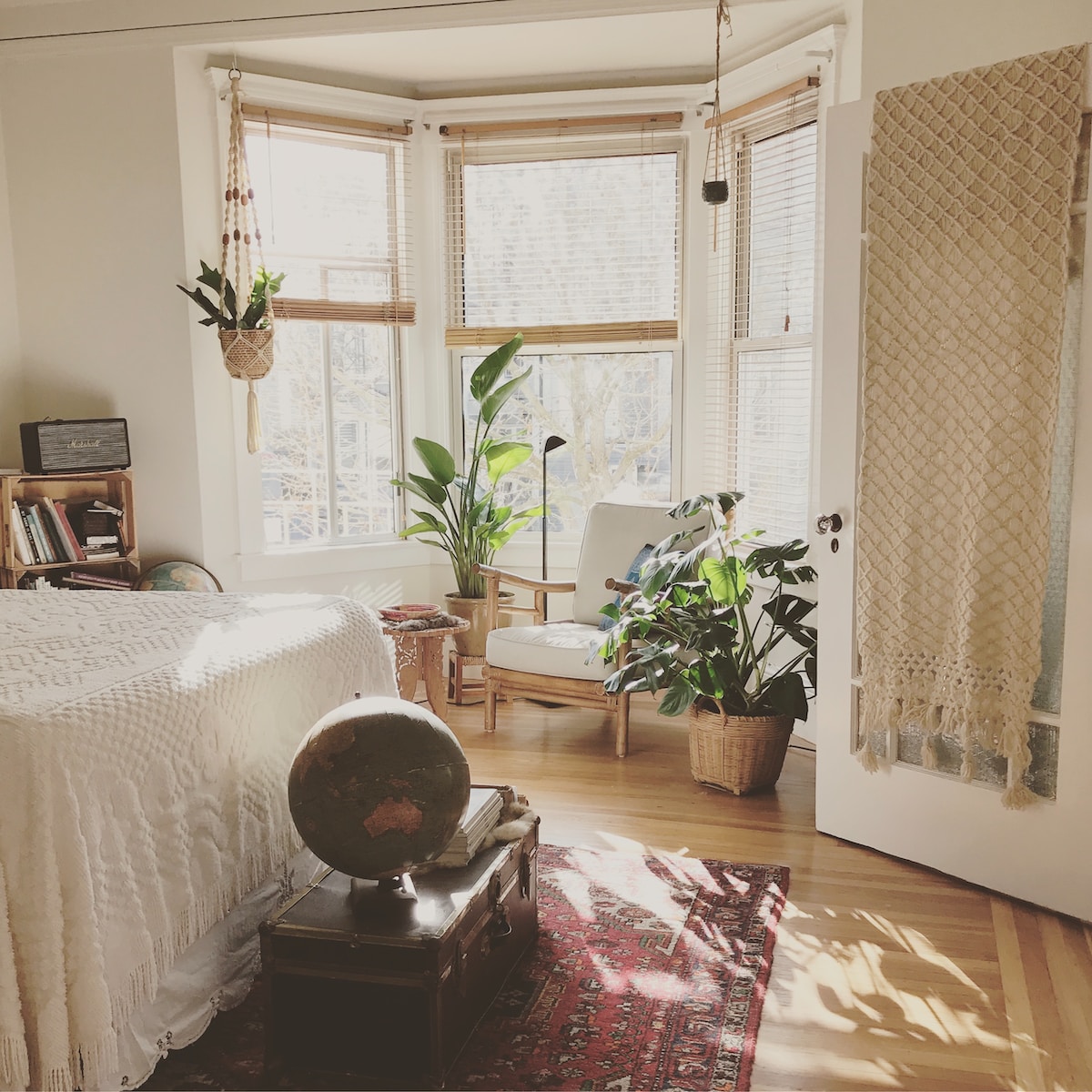





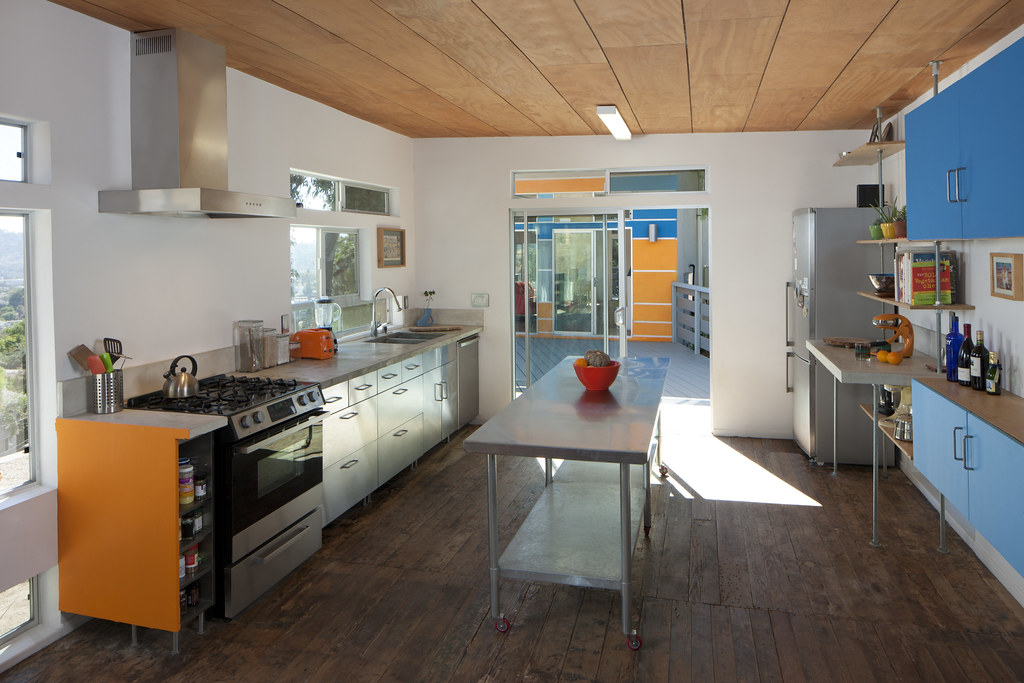
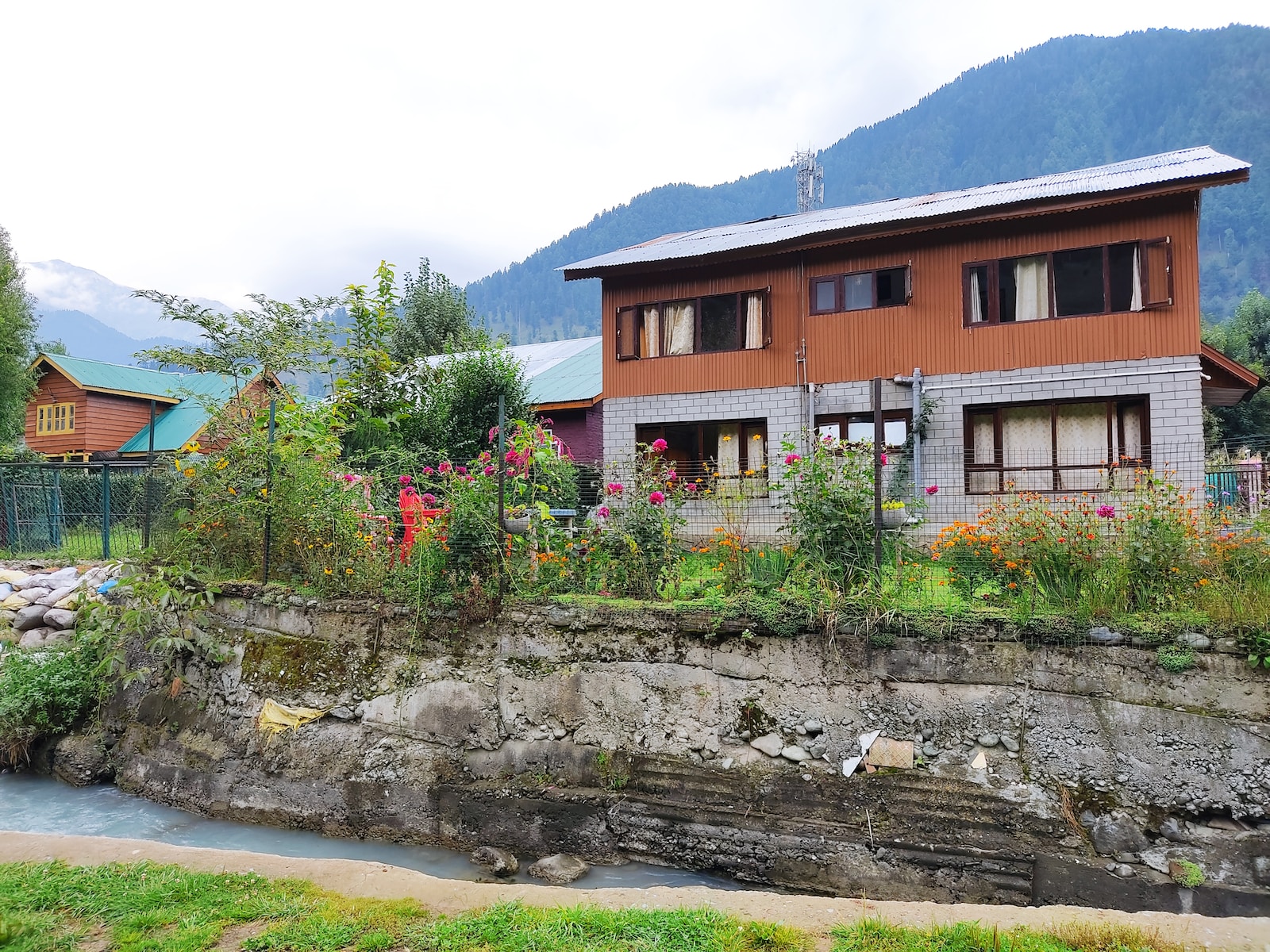
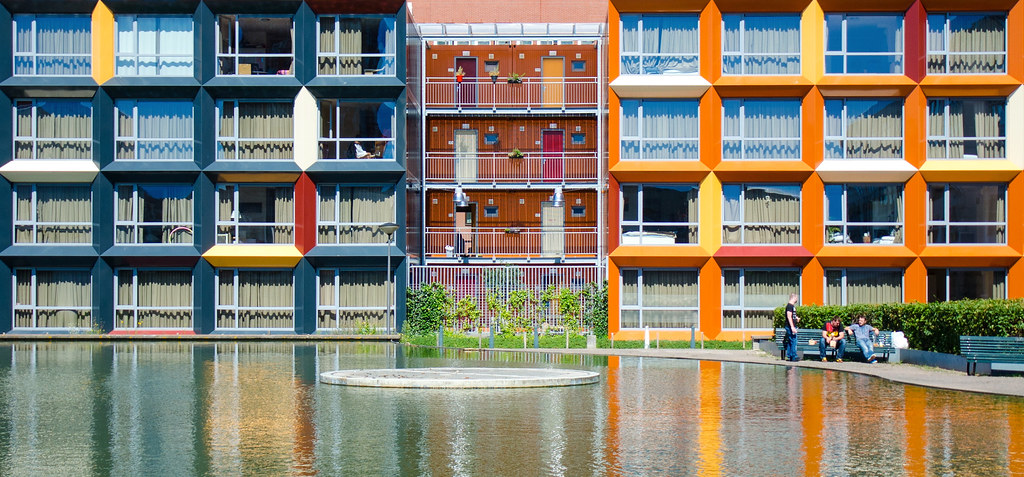
Find Us on Socials